dApps stands for decentralized apps built on a distributed or blockchain network. These applications are similar to digital interfaces or applications that we use on our devices like smartphones or laptops with unique features. dApps usually combine frontend user interface and smart contract.
Blockchain technology is booming, so dApps have become a rapidly growing sector, and the decentralized peer-to-peer network usually hosts these applications rather than a central server.
However, it is only the shorter version to describe dApps; there is much more to unpack about these blockchain products. This article highlights dApps, a complete description of their features and functionalities.
What are dApps?
When you want to know dApps, it is mandatory to have a basic idea about the Ethereum blockchain. Although many protocols like Tron, EOS, Cardano, NEO, and Stellar are available, ETH remains the big dog in this sector. The network protocol of Ethereum enables users to run smart contracts on a distributed, decentralized network. Smart contracts include codes that interact with other smart contracts, run specific operations, and blockchain developers write these codes.
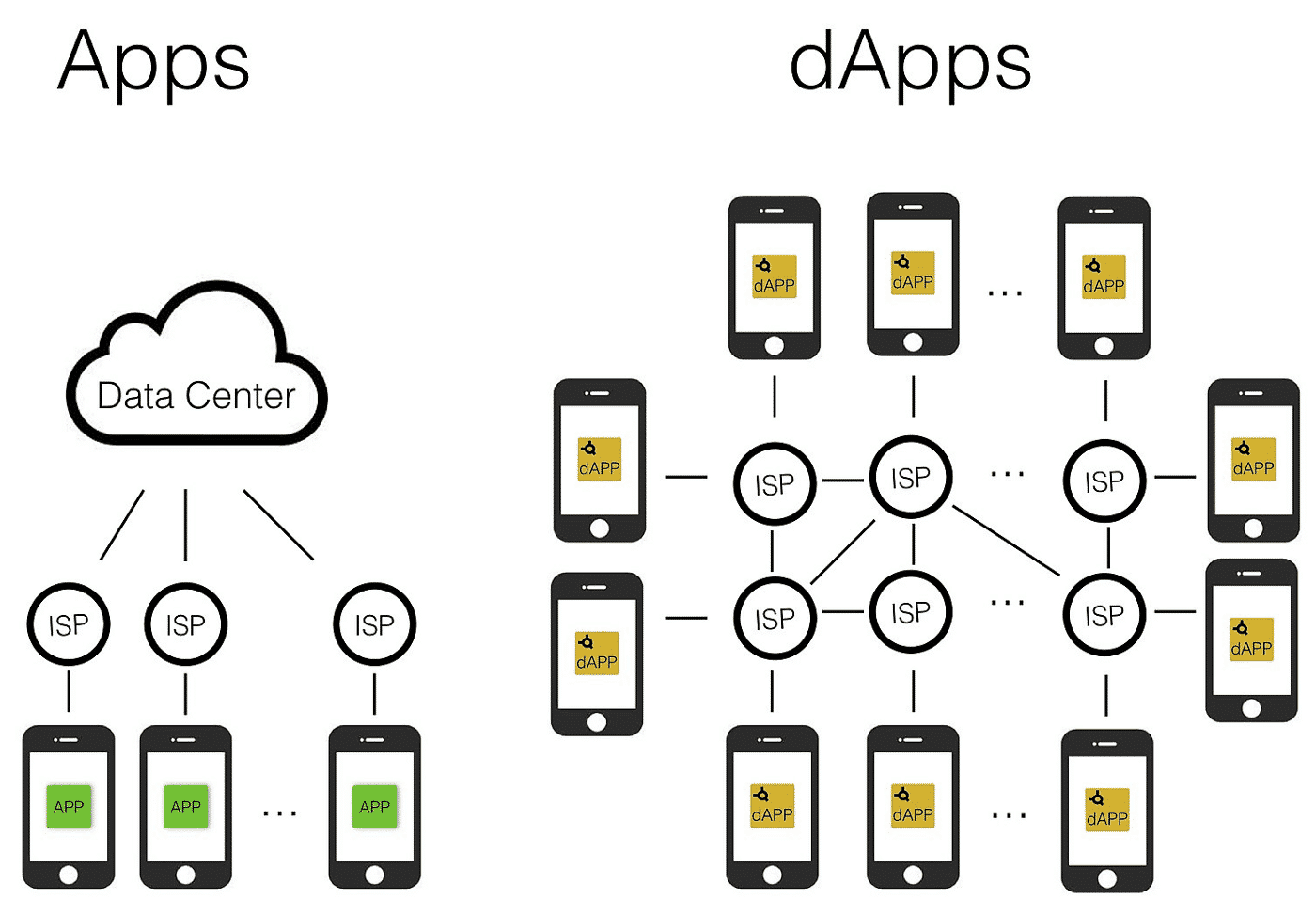
Difference between traditional apps and dApps
It revolves intermediary when transactions occur by these codes, so the transaction cost and processing time also decrease in these peer-to-peer transactions.
Now these applications are similar to any other software applications that we use, while the basic difference is that these apps are built on blockchains or decentralized networks. When someone writes a smart contract, he is writing backend code for dApps. Moreover, these apps have a user interface/frontend like any other traditional software application.
Dapp = frontend + smart contract (backend)
It is possible to make both backends and frontend decentralized by hosting the frontend code of your dApp on decentralized storage nodes. These backend codes use different languages, including Solidity, Vyper, and Serpent. At the same time, you can use any frontend framework/language for your dApp.
Basic features of dApps
Decentralized applications usually have some basic features:
Decentralized apps
They usually run on the blockchain or distributed network where no one controls the data or server.
Isolated applications
These applications use ETH Virtual Machine or a virtual environment while executing. So if the smart contract has any bugs can’t cause issues for normal functioning on the blockchain.
Complete turing
When providing necessary resources, dApps can perform any action.
Deterministic
The functionalities of yhese applications are the same as the environment or blockchain they execute.
Smart contracts
Usually, codes allow users to exchange properties, money, or data with one another without involving any third party.
However, these apps are futuristic products of WEB 3.0.
How to develop?

Step 1. Determine the technology
At the initiation stage, it is mandatory to determine the developer’s technology for his dApps. The most numerous sectors are:
- Database
- FrontendFrontend
- Frameworks
- FrontendFrontend contracts
- Hosting
- API’s
- Operating system
- Contract’s programing language
- Development server
So choose the environment first to execute your dApp.
Step 2. Set up the project
In the following step, set up all frontend tools and components to your dApp. We suggest using any coding language/framework for the frontend familiar to your whole development team. Developers can use serpent or solidity for dApps on the Ethereum blockchain.
Step 3. Code the application
In the following step, code your dApp. Solidity is the preferred language as it shares similarities to JavaScript.

Printing Hello World using Solidity
The creation of smart contracts is part of dApps; you can create smart contracts directly using the ETH blockchain protocol. Keep “gas fees” in mind as blockchain involves some costs when a transaction occurs.
In this stage, you design your frontend interface for users containing the required information and are easily usable.
Step 4. Deploy and testing
In the following step, deploy your dApp and run the test. Ensure that the smart contract code in your dApp remains forever in the blockchain and unalterable. It is possible to ‘overwrite’ your code by creating a new block; make sure before deploying that your code is 100% correct. Ensure the workability of your dApp by testing. Before testing, arrange a meeting with your developer team and discuss the variables you want to test.
Step 5. Launch your dApp
In this step, you have already finished developing your dApp now is time to launch. Select a custom domain for your application so that it looks completely professional. Then launch your dApp and let everyone know about it. The most important part is marketing in this stage to keep the buzz about your dApp running since the ICO launches.
Advantages of dApps
Let’s check the attractive or positive factors of dApps at a glance.
Privacy
It doesn’t require revealing the real-world identity while interacting with or deploying dApps.
Data integrity
Through cryptographic primitives, all data on the blockchain remains indisputable and immutable.
Censorship resistance
dApps don’t allow entities to block users from reading data, submitting transactions, or deploying these applications.
Verifiable behaviour/trustless computing
You can analyze and guarantee to execute smart contracts in predictive ways, and it won’t require any central authority. The traditional system doesn’t support it. When we do banking through applications, we must rely on the financial institute, that it won’t temper with a record, misuse our data, or hackers take control of their server.
Limitations of dApps
Blockchain technology and its products are a new addition to the world. So, there are also some sectors to work on. Let’s take a quick look at the drawbacks of these apps:
Performance overhead
There are massive scalability and performance overhead issues with dApps. ETH blockchain expects to store and run every transaction on every node to achieve the highest integrity, security, reliability, and transparency.
Maintenance issue
Once you launch the dApp on blockchain, it has become harder for developers to modify or update the data or codes on the blockchain. So the maintenance is harder for such apps.
User experience
It is still harder to obtain a user-friendly experience from dApps. The average end-user may find it difficult to set up a necessary tool stack to interact with the blockchain in a truly secure way.
Network congestion
Currently, the network can process 10-15 transactions per second as dApps use too many computational resources.
Centralization expectation
A centralized frontend server can store valuable information and keys for a developer-friendly and user-friendly interface and experience. Note that centralization will eliminate many advantages of the blockchain protocol.
Final thought
Since blockchain technology introduces BTC, the crypto-verse has become an exciting topic to the world. We will get closer to a more fair, accessible, and fair internet with more and more dApps launching on the mainnet.

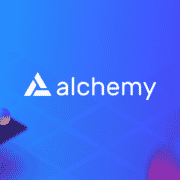

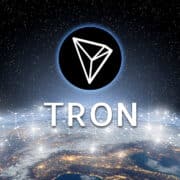

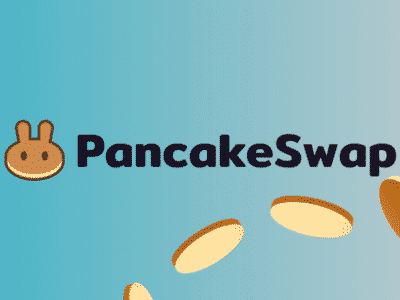
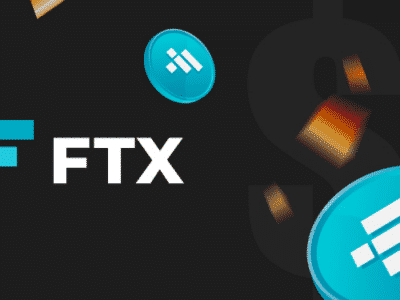
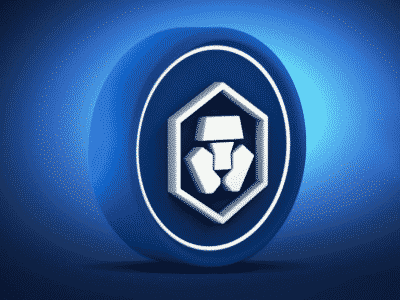







Comments